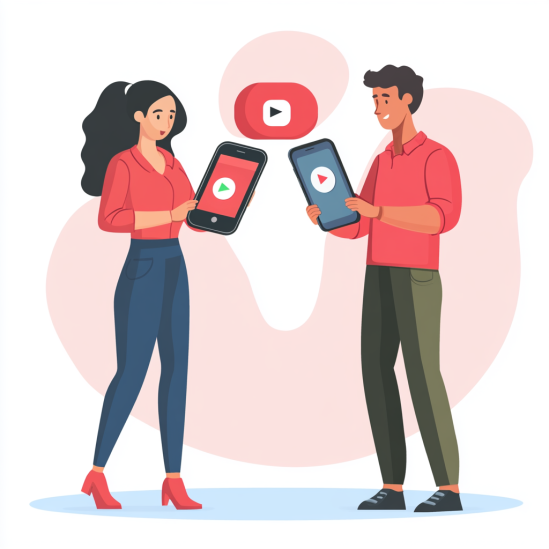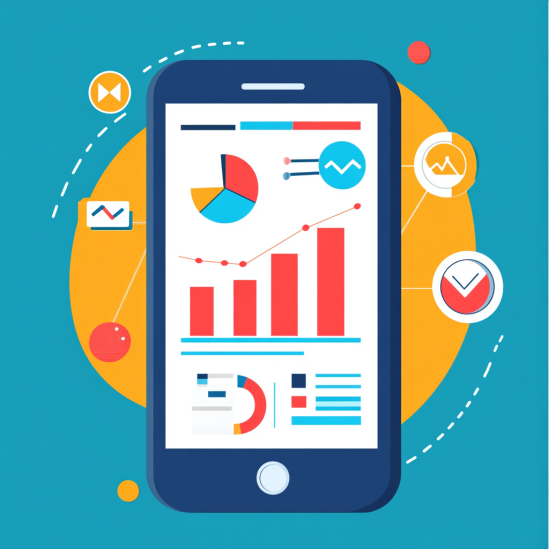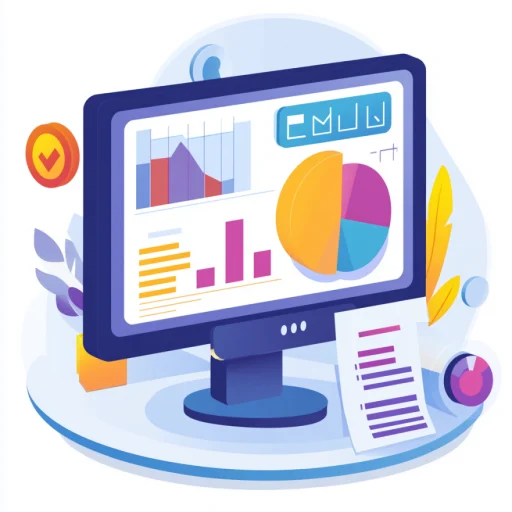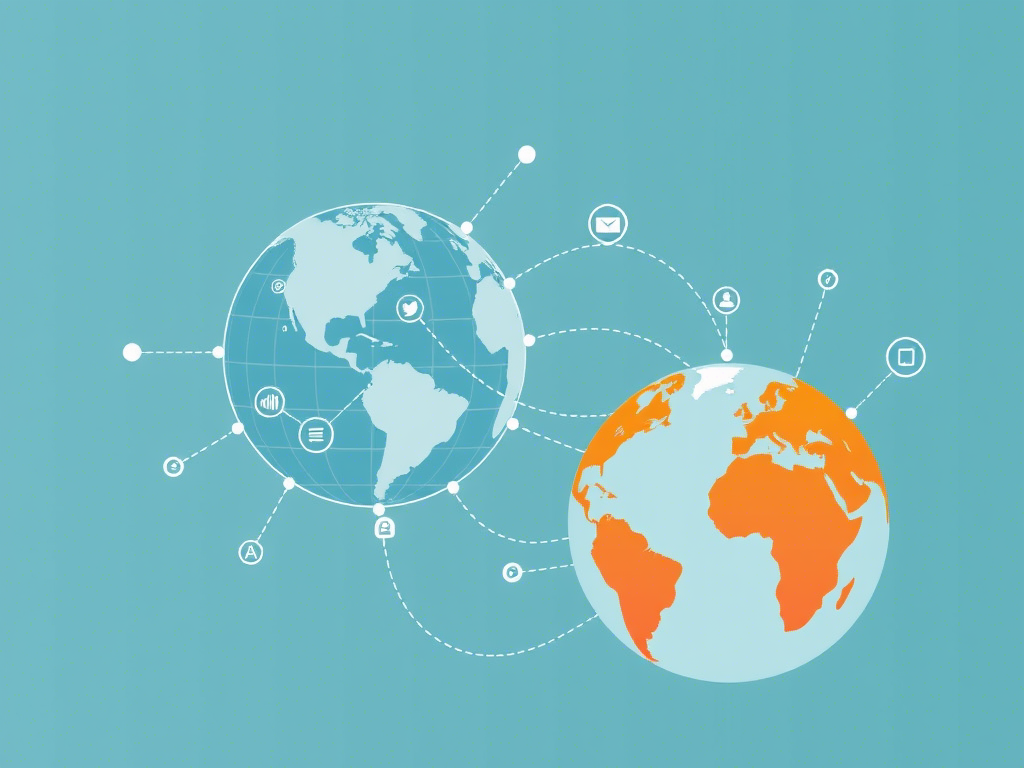In the world of digital marketing, choosing the right platform for your advertising can significantly impact your business’s success. Google Ads and Microsoft Bing Ads (formerly known as Bing Ads) remain two major players in the realm of contextual advertising. However, each platform has its own unique features, advantages, and disadvantages. In this article, we’ll thoroughly compare these two platforms to help you make an informed decision.
By the end of this guide, you’ll learn:
- The key differences between Google Ads and Bing Ads.
- The advantages of each platform.
- How to choose the right platform for your business.
- Why it might be beneficial to use both platforms simultaneously.
What Is Google Ads?
Google Ads is the largest contextual advertising platform globally, launched in 2000. It allows advertisers to display ads on Google’s search engine, partner websites via the Google Display Network (GDN), and even on YouTube.
History
Google Ads began as AdWords. Over more than 20 years, it evolved into a powerful tool with extensive targeting, analytics, and campaign optimization capabilities. Today, Google Ads offers not only search advertising but also various formats such as video ads, mobile ads, and remarketing.
Key Features
- Search Advertising: Displays ads in Google search results.
- Contextual Advertising via GDN: Places banners and text ads on partner websites.
- YouTube Advertising: Offers diverse video ad formats.
- Advanced Analytics Tools: Tracks key metrics like CTR, conversions, and ROI.
How Does Google Ads Work?
The platform operates on an auction system. When a user enters a query, the system evaluates the relevance of your ad and selects the winner based on bid amount and quality score. For example, if your ad matches the query “buy coffee” and has a high quality score, it will appear higher in the rankings, even if competitors have higher bids.
Auction Process Details
- A user enters a search query.
- The system analyzes all relevant ads.
- The winner is chosen based on a combination of bid and quality score.
- The ad is displayed to the user.
What Is Microsoft Bing Ads (Now Known as Microsoft Advertising)?
Microsoft Bing Ads, rebranded as Microsoft Advertising, was launched in 2009 as a response to Google’s dominance. Today, it’s a robust platform offering unique opportunities for advertisers.
History
Initially called Bing Ads, the platform underwent significant evolution. In 2019, it was renamed Microsoft Advertising to reflect broader integration with Microsoft products. Now, it manages ads not only on Bing and Yahoo! but also on MSN, Outlook, and other platforms.
Key Features
- Search Advertising on Bing and Yahoo!: Shows ads in search results.
- Native Advertising on MSN, Outlook, etc.: Integrates ads into news portals and email services.
- Targeting and Personalization Tools: Allows customization based on demographics, interests, and user behavior.
How Does Microsoft Bing Ads Work?
Similar to Google Ads, Microsoft Bing Ads uses an auction model to display ads. However, CPC is generally lower, and the audience differs demographically. For instance, if your goal is to reach older users or professionals, Bing Ads could be more effective.
Unique Features of Bing Ads
- Geotargeting: Customize ad visibility by region.
- Demographic Targeting: Tailor campaigns based on age, gender, and interests.
- Personalization: Create special offers for users who have already interacted with your site.
How Do Google Ads and Bing Ads Work?
Both platforms are based on contextual advertising principles where advertisers pay per click or impression. However, there are notable differences:
- Auction System: Both platforms use auctions to determine winners.
- Quality Score: Higher-quality ads lead to lower CPC.
- Geotargeting: You can target specific regions to improve ad relevance.
For example, if you sell home goods, you can geotarget areas with higher living standards to increase conversion rates.
Key Differences Between Google Ads and Bing Ads in 2025

Market Share and Reach
Google Ads dominates with approximately 92% of the search advertising market, while Bing Ads covers the remaining 8%. Despite this, Bing Ads targets a distinct demographic: older users and professionals.
Cost Per Click (CPC)
Bing Ads typically offers lower CPC. For instance, the average CPC on Google Ads is $2–3, whereas on Bing Ads, it’s around $1–1.5. This makes Bing Ads particularly attractive for small businesses.
Audience Demographics
Google Ads reaches the widest audience, including younger and active internet users. Conversely, Bing Ads attracts older generations and professionals, which can be advantageous for B2B companies.
Ad Formats
Google Ads provides a broader range of ad formats, including YouTube video ads and GDN banners. Bing Ads focuses primarily on search and native ads.
Targeting and Personalization
Google Ads offers advanced targeting tools using behavioral data. While Bing Ads provides quality targeting, it’s less complex.
Common Traits of Google Ads and Bing Ads
Despite their differences, the two platforms share several similarities:
- Auction-Based Ad Display
- Campaign Importation Between Platforms
- Basic Analytics Tools
To leverage these commonalities:
- Import successful Google Ads campaigns into Bing Ads.
- Analyze data from both platforms for a comprehensive view.
Advantages of Each Platform
Google Ads Benefits
- Wider Audience Reach: Google Ads covers nearly the entire global audience.
- Diverse Ad Formats: From text ads to YouTube videos.
- Advanced Analytics: Detailed statistics and optimization options.
Example of Using Google Ads
If you sell mass-market consumer goods like electronics or clothing, Google Ads can help you reach the maximum number of potential customers.
Bing Ads Benefits
Simpler Interface: Easier for beginners to navigate.
Lower CPC: Bing Ads is usually cheaper than Google Ads.
Unique Audience: Targets older users and professionals.

Example of Using Bing Ads
If your business focuses on corporate clients, Bing Ads may be more effective due to its specialized audience.
Comparing Ad Performance
Click-Through Rate (CTR)
Google Ads often shows a higher CTR due to its larger audience and advanced targeting. However, Bing Ads can outperform in certain niches.
Ways to Improve CTR
- Use strong calls-to-action (CTAs).
- Include keywords naturally in headlines and descriptions.
- Add ad extensions like phone numbers or addresses.
Conversions
Conversion rates depend on your target audience and business type. If your audience aligns with Bing Ads’ demographics, you may achieve higher conversions at a lower cost.
Tips for Boosting Conversions
- Optimize landing pages.
- Offer personalized deals.
- Conduct regular data analysis.
ROI (Return on Investment)
ROI varies by niche and audience. Some businesses find Bing Ads more profitable due to its lower CPC.
Strategies to Increase ROI
- Test different ad types.
- Fine-tune bids and budgets.
- Base decisions on data-driven insights.
Why Use Both Platforms?
Using both Google Ads and Bing Ads allows you to maximize audience reach and minimize risks. For example:
- Google Ads helps attract younger and active internet users.
- Bing Ads connects you with older users and professionals.
Steps to Start Using Both Platforms
- Create accounts on Google Ads and Bing Ads.
- Import successful Google Ads campaigns into Bing Ads.
- Analyze performance data for each platform.
Competitor Analysis
Many successful companies utilize both platforms. For instance:
- Amazon leverages Google Ads for mass-market reach.
- Microsoft promotes its products among corporate clients through Bing Ads.
How to Analyze Competitors
- Study their campaigns across both platforms.
- Identify the ad formats they use.
- Perform keyword and landing page analyses.
Frequently Asked Questions (FAQ)
Can I Import Campaigns from Google Ads to Bing Ads?
Yes, Bing Ads supports importing campaigns from Google Ads. However, adapt imported campaigns to Bing Ads’ audience characteristics.
Which Platform Is Better for Small Businesses?
Bing Ads is often better for small businesses due to its lower CPC. For example, if you run a local bookstore, Bing Ads might help you attract customers in your area without breaking the bank.
How Much Does Advertising Cost on Each Platform?
Cost depends on keywords and competition. On average, Bing Ads is cheaper than Google Ads. For instance, promoting books might cost $1 per click on Bing Ads versus $2 on Google Ads.
Which Platform Drives Higher Conversions?
It depends on your niche and target audience. For some businesses, Bing Ads delivers better results because of its unique demographics.
Conclusion
Choosing between Google Ads and Bing Ads depends on your goals and target audience. If you aim for maximum reach, go with Google Ads. If you want to save costs and target a specialized audience, consider Bing Ads. Using both platforms can yield the best overall results.
Tips for Success:
- Start by testing campaigns on both platforms.
- Analyze data regularly to refine strategies.
- Optimize campaigns based on performance insights.


Leave a Reply